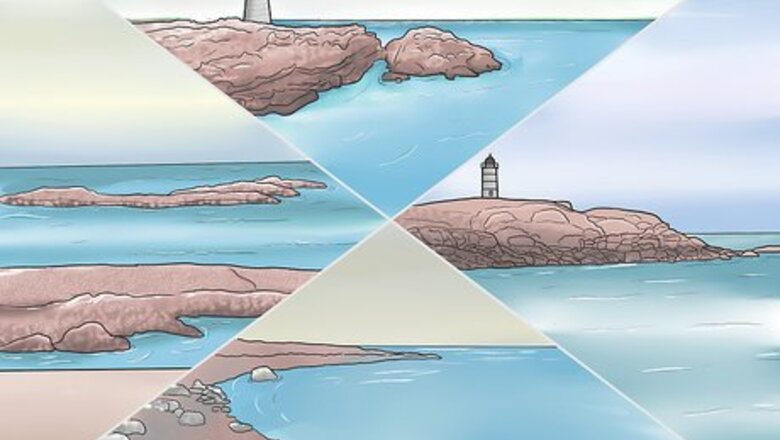
views
Catching Clawed Lobsters
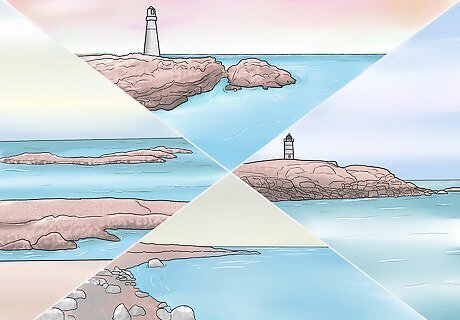
Go to an area with colder waters to catch clawed lobsters. You can find clawed lobsters in rocky, coastal waters between 13.1–164 feet (4.0–50.0 m) deep. You can hunt for them in America’s northeast off the coasts of Maine, Massachusetts, and Rhode Island. New England is one of the best places in the world to fish for lobsters, meaning there are plenty of spots to choose from in the region.Did you know? Clawed lobsters are also known as “true” lobsters.
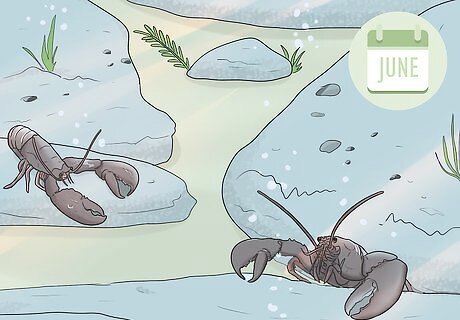
Schedule your trip during “lobster season.” If you are hunting in the northeastern part of North America, “lobster season” is usually between late June and late December. Lobsters are actually harvested year-round in places like Maine and New Hampshire, but the majority are caught during lobster season when the creatures are most active. Of all the places in the northeast, the most active lobster fishing takes place in the Gulf of Maine. There are places around the world that offer lobster fishing, including New Zealand. Lobster season in New Zealand goes from June until February. If you want to go to New Zealand to catch lobster, visit the government website for details and book a trip at least 3-4 months in advance.
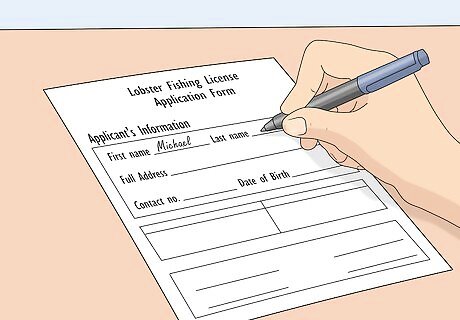
Apply for a lobster fishing license. These are fairly easy to obtain, as local government agencies, bait and tackle shops, and local docks all offer a lobster license. To obtain one, fill out some forms to provide your age and address, present a photo ID, describe what activities you’ll be doing with the license, and pay a small fee of around $20. The fee may vary based on where you get your license. Apply for your license before you shop for gear, as some stores will ask for your license before you make purchases. Some agencies require you to pass a small test before you can get your license. Make sure to study up on the rules and regulations before you apply for a license if this is the case for you.
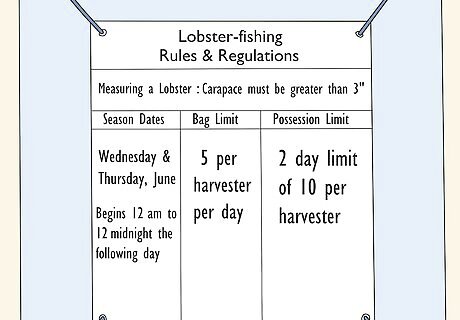
Familiarize yourself with rules and regulations of lobster fishing. Even if you don’t need to take a test to get your license, you should still get up to speed with the regulations in your area. These include knowing the maximum number of lobsters you can catch in a day, the time limits for catching lobsters within a day, and the number of lobster traps you can have on your fishing boat at one time. Different fishing spots also have different daily hours for when you're allowed to catch lobster. This is true as of the current date. Other regulations include areas that are off-limits for lobster fishing and legal-size limits for lobsters that you catch. Regulations change from region to region. In Massachusetts, you are limited to 10 lobster traps and 15 caught lobsters per day.
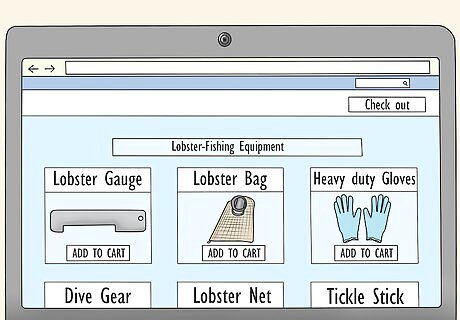
Purchase the right equipment for clawed lobster-fishing. Once you have your license, have scheduled a trip, and feel comfortable in your lobster knowledge, you can go out and buy the equipment needed to catch lobsters. You can buy your gear online or at a local sporting goods or outdoors store. Gear needed for clawed lobsters: Lobster trap (rectangular, 3–4 ft (0.91–1.22 m) long and 45–60 lb (20–27 kg))Bait (dead fish)Heavy-duty glovesBuoysRopeLobster gauge (a metal ruler built to measure the shell of a lobster)Mesh catch bag

Secure a fishing boat for the trip. You can go on chartered boats, rent your own small boat, or use one you already own. Once you’ve gotten the boat, head out to the exact fishing location on the day of the trip. If it’s your first time lobster fishing, choose a chartered boat so you can focus on the fishing and leave the boating to an expert. That person will also know the best spots to catch lobsters.
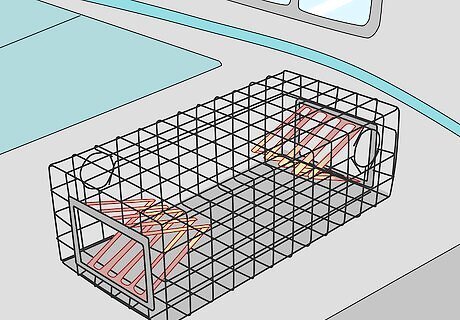
Assemble your trap to catch lobsters. Traps should have an escape hole that undersized lobsters can exit the cage from as well as biodegradable “ghost” panels that will disintegrate underwater so caught lobsters don’t get trapped and die if the trap itself gets lost. If you have a regular trap with 2 compartments, put dead fish in the first compartment to use as bait. Put a pair of gloves before you start working so you don't cut your hands on the traps.
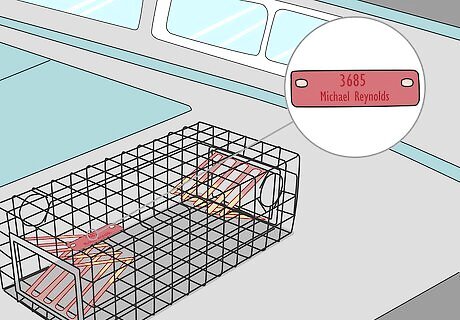
Attach tags with your license number to the trap. Tie them to the side of the cage with a piece of string before you lower the trap. These tags provide proof that your trap is in the water legally. These tags are also helpful in case your trap gets stuck or mixed up with another trap from a different boat. When the traps get pulled up, you’ll know which one belongs to you based on the tags.

Set your traps. Connect a buoy to the trap with a long, sturdy rope. Then, slowly lower the trap down to the ocean floor. Keep your hands on the rope until the trap reaches the bottom. Pull the trap back up later in the day to see if you’ve caught anything. You can set your traps at any time of day because lobsters are equally active at all times. You can check the traps for lobsters after waiting for about 2-3 hours.
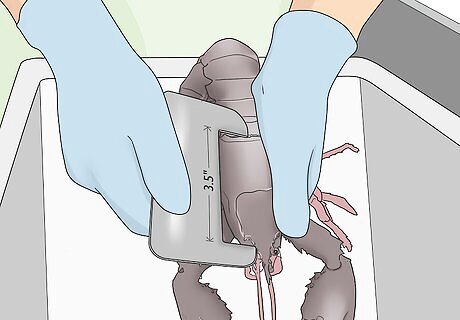
Measure and store legal-sized lobsters. Once you’ve removed the lobsters from their traps, hold them out and use your gauge to measure the lobster’s body shell. The measurement ends where the body shell meets up with the tail. If the lobster is too big or too small, you must return it to the water. Store the legal lobster in your catch bag and close it tightly so the lobsters don’t escape. Keep the gloves you’ve been using to lower the trap on when you’re handling the lobsters.
Catching Spiny Lobsters

Obtain a lobster fishing license. Once you’ve familiarized yourself with the rules and regulations of lobster fishing, contact a bait and tackle shop or local government agency to fill out forms and get your license. These forms will ask for some personal information, such as your age and prior experience with fishing and boating. You’ll have to pay a small, up-front fee of about $20 when you turn in the forms. The fee will vary based on where you get your fishing license. You do not need to get different licenses for catching different lobsters.
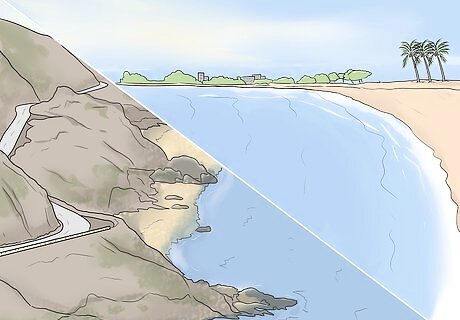
Visit an area with warm water to catch spiny lobsters. There are many warm-water spots in America for lobster fishing. Along the coast of California, the Gulf of Mexico, and the Florida Keys, you’ll find tons of lobsters during the regions’ “lobster season.” You can also fish for spiny lobsters in the Caribbean. Lobster season here goes from September until May.
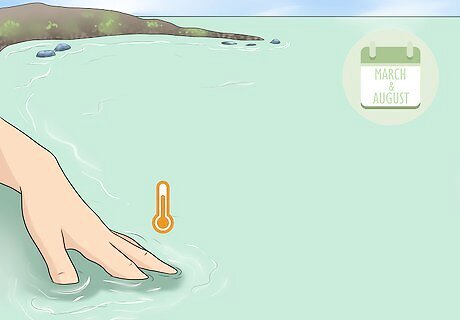
Go to warm water locations between August and March. Lobster season in warm water locations is a little different than in cold water areas. In California, Florida, and the Gulf of Mexico, the lobsters are plentiful during these months. The temperature and water conditions remain pleasant throughout the winter. These spots are very popular, so make sure to book your trip 3-4 months in advance of leaving.

Buy some extra gear for spiny lobster-hunting. Clawed lobsters and spiny lobsters require slightly different sets of equipment because of where they live and what they look like. There is a bit more equipment needed to catch spiny lobsters than is needed for clawed lobsters. If you want to dive or snorkel to catch lobster, you'll need a tickle stick, net, and scuba gear. Gear needed for spiny lobsters: Hoop net (circular trap)Bait (anchovies, sardines, cat food)Heavy-duty underwater glovesRopeBuoysLobster gaugeMesh catch bag
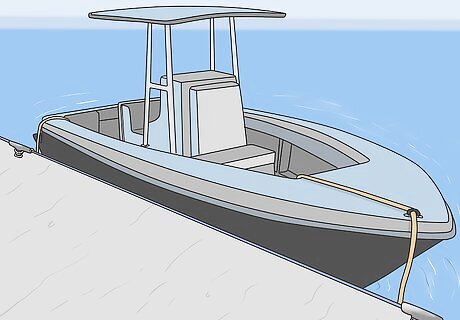
Rent a fishing boat for the trip. If you already have a boat, use this for your expedition. Otherwise, you can go on chartered boat or get your own small boat. If it’s your first time lobster fishing, choose a chartered boat so you can focus on the fishing and leave the boating to an expert. That person will also know the best spots to catch lobsters. Boat rentals vary from spot to spot, so make sure to look up prices when you plan your trip.
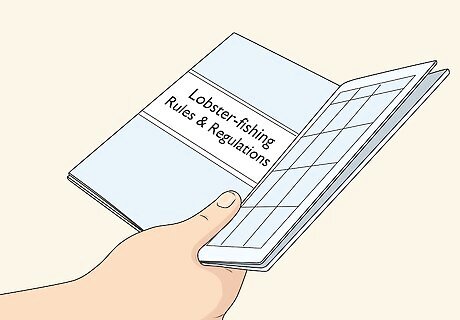
Study the rules and regulations of your lobster fishing spot. Each lobster fishing area has its own set of rules and regulations, many of which are similar to rules in other lobster fishing spots. These include knowing the time limits for catching lobsters within a day, the maximum number of lobsters you can catch in a day, and the number of lobster traps you can have on your fishing boat. Different fishing spots also have different daily hours for when you're allowed to catch lobster. This is true as of the current date. Another important regulation to know is the legal-size limits for lobsters that you catch.
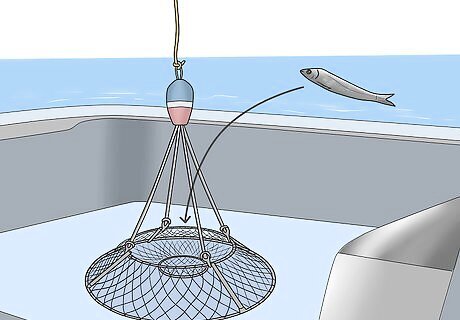
Use a hoop net to trap the lobsters. Place a piece of bait inside the net’s bait pouch and attach a labeled buoy to the line on top of the net. Hold the trap by the line at the top of the net and lower it until it reaches the ocean floor. Hoop nets require more monitoring than lobster traps, so keep your hands firmly attached to the line and wait patiently for about 15 minutes. You can pull up the line slowly to check for a catch after just 10-15 minutes. Make sure you bring the net up in a straight line. If you shake the net around on the way up, the lobster could escape. Feel free to try this method at any time of day.
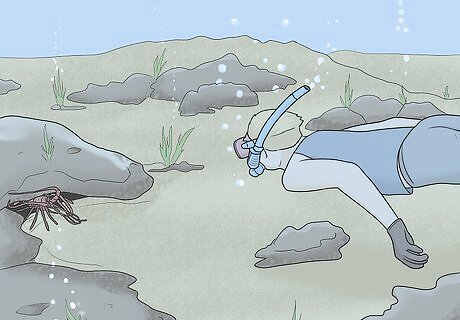
Dive or snorkel to catch lobsters by hand. The more exciting way to catch lobsters is to just get in the water and go after them yourself, and you can do this at any point during the day. Put on your snorkeling or scuba gear and a pair of gloves. Take a tickle stick and net and dive in, combing the rocky areas, coral, and ledges for lobster antennae. When you spot one, take your tickle stick and guide the lobster out of its hiding spot with a sweeping motion. Then, use your hands and the net to catch the lobster. Diving for lobsters lets you become selective about which ones you catch. This way, there’s less risk of catching an oversized or undersized lobster.
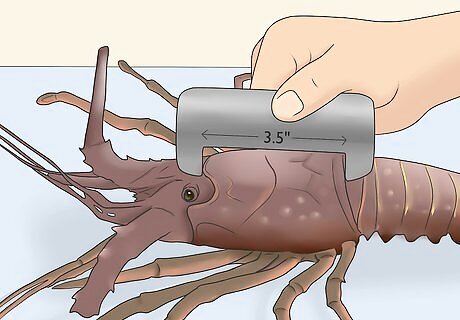
Measure your catch and store the lobsters of legal size. Once you’re back in the boat or you’ve removed the lobsters from their traps, hold them out and use your lobster gauge to measure the lobster’s body shell. Place the gauge directly on top of the shell to measure the body (not the tail). If the lobster is too big or too small, put it back in the water. Store the legal lobster in your catch bag and close it tightly so the lobsters don’t escape. Always wear gloves when handling lobsters. Different regions have different size and measurement regulations. Depending on where you fish, you might have to start the measurement behind the eye stalks or from the middle area in between the horns.



















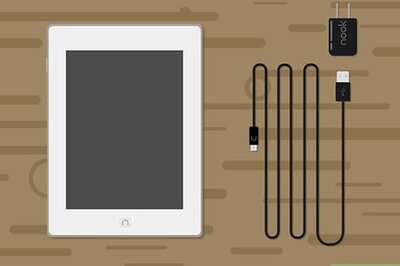
Comments
0 comment